Today we will be reviewing Appassionata Strings, a recent addition to Spitfire Audio’s range of orchestral string libraries. Being a departure from their usual textural libraries, Appassionata focuses on soaring melody lines and aims at offering the “most alive string legato sound available today” thanks to a brand-new recording technique.
So, does Appassionata set a new standard on this front? Spitfire Audio kindly gave us a review copy to check it out.
OVERVIEW
Appassionata features a medium-sized string band comprised of 8 first violins, 6 second violins, 6 violas, 6 celli, and 4 double basses. This lineup does not exactly correspond to previous Spitfire products but represents a nice balance between clarity and a sense of grandeur.
Like many of Spitfire Audio’s popular releases, the library was recorded with all players positioned in situ, at AIR Studios London.
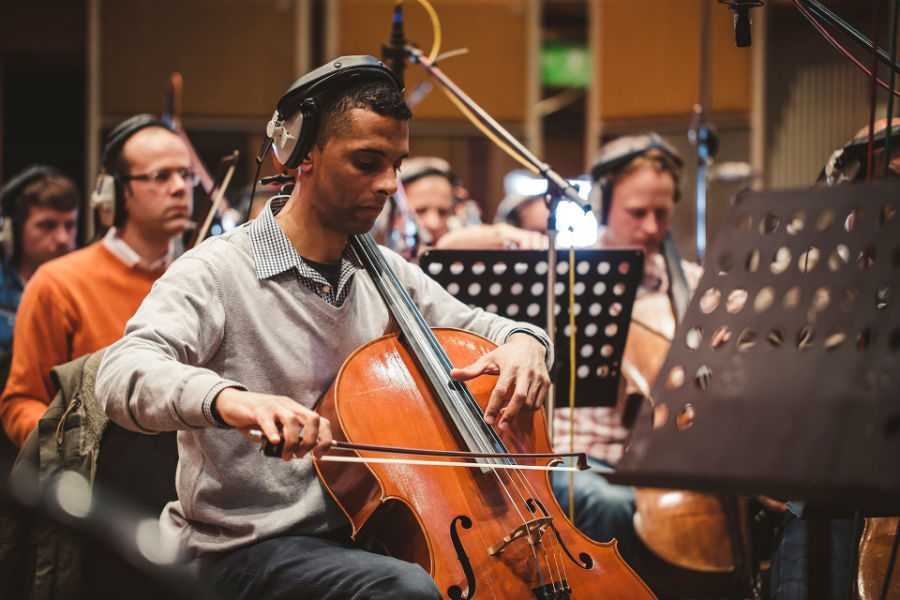
Appassionata is a specialized library that focuses on soaring lines, and as a result, is not meant to cover all traditional string playing techniques. It instead offers a small number of long articulations that have been selected to serve the library’s goal: flowing melodic lines. Here is an overview of the patches available:
- Legato
- Legato slurred
- Sustain
- Hairpin (short, medium, rebow)
- Glancing attack
These playing techniques were recorded with a selection of different microphones perspectives. The library offers 7 different mic signals and 4 ready-to-use mixes.
Each of the captured articulations features a good number of dynamic layers, and as a result, Appassionata requires 82 GB of hard drive space.
THE INTERFACE
Appassionata uses the dedicated Spitfire Audio sample player plugin. The interface is easy to read and features beautiful colors and a calming design.
If you’ve used the Spitfire Audio sample player before, you will find that the usual layout is used for Appassionata Strings, too. The top part of the interface includes controls of dynamics and expression, and various parameters are accessible through a big knob in the middle, such as sample tightness, release, reverb, legato offset, and a new parameter: the noise floor.

The bottom part of the interface shows the currently loaded articulations. It is possible to edit the number of these loaded articulations by clicking on the little pencil icon in the upper right corner. Changing the number of articulations loaded into RAM is quite helpful when building templates, especially since the Spitfire Player does not allow purging at this stage. This way, you can only load the articulations you really need.
The bottom part of the interface can also show microphones faders and various effect controls, such as key switches, round robins, and bowing patterns.
The FX tab shows the same parameters as found in the top big knob covered earlier.
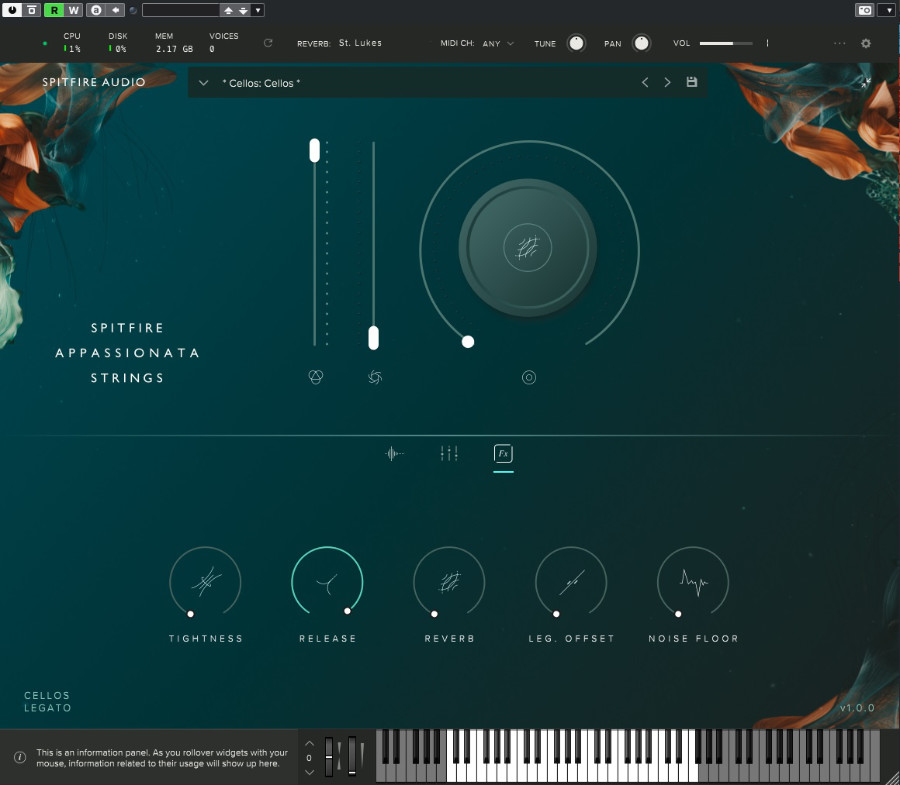
The top menu also includes a new interesting setting: dynamic smoothing. This setting influences the way the dynamics inputs that are controlled by the modwheel/MIDI CC1 are interpreted by the library. The available presets range from very fine and agile to more smoothed and delayed responses, so you can easily adjust the engine to your style of playing and the desired performance.
ARTICULATIONS
As mentioned earlier, Appassionata Strings includes 5 main articulations across all string sections.
Given that the library is meant to cover expressive works, Spitfire Audio decided to record the long articulations with 5 dynamic layers. Through this large range of dynamic possibilities, Appassionata can cover a lot of emotional ground, so to speak. The softest dynamics, in particular, are very effective at giving a sense of fragility while still sounding well-defined. This is closely related to the moderate size of the string band instead of going for a full symphonic player size.
Legato Articulations
Going through the dynamic layers is very smooth and we did not notice any artificial sounding bumps or edges. It is also important to note that the vibrato in Appassionata is linked to its dynamic layers, with no separate control available. In fact, the softest dynamics are virtually non-vib (no vibrato). This makes them very useful for flowing lines in softer textural tracks. The upper layers definitely have more expression baked in, although users will easily notice they are not truly molto-vib (expressive vibrato) either.
Despite the library’s name, it seems that Spitfire Audio was aiming at a middle ground in terms of romanticism here, as the playing style remains somewhat “controlled” even at high dynamics. This has the advantage of blending better with the softest layers while also avoiding an over-the-top “wobbly” vibrato that can make a leading line feel very fake and cheesy, particularly when exposed.
The featured legato comes in 2 main bowing techniques: slurred and detaché. There are two 2 different legato patches per instrument, one of which acts as an all-in-one solution that reacts to velocity, and the other that forces slurred transitions. A limited but pronounced portamento is also available for the first violins, second violins, and celli, when playing large intervals on the top string. This is perfect for peak dynamic movements.
The legato intervals themselves have been recorded in 3 different dynamics, and along with the 5 sustains dynamics, they lend a huge expressive range to the library. This works very well, and we did not hear any sudden volume bumps which can be typical of some of the past string libraries, particularly at soft dynamics.
The quality of the legato transitions is great and makes melodic string lines sound fluid and realistic, even with expressive playing. It is also important to note that the transitions themselves do not sound for too long. They remain rather discrete and controlled, contrary to some libraries in this genre that tend to include quite prolonged intervals.
In practice, the legato articulations offered in Apassionata Strings are a good fit for a variety of playing speeds, from slow lyrical statements to more agile lines. The amount of the legato interval transition that can be heard is controllable through a “legato offset” slider. This allows composers to vary the transition length from 100 to 150ms and, while subtle, is a welcome addition to add a bit of randomness and humanization in a track.
After using the library for a while we noticed a couple of things that could be improved upon. One is the lack of re-bow transitions when hitting the same note. For a library focusing on legato transitions, it is a shame not to have true legato recorded for note repetitions. Another one is the organization of the legato patches: it would have been great to have all legato types available as separate patches in addition to an all-in-one patch, as in the previous Spitfire Audio libraries.
Additional Articulations
Appassionata Strings also includes Hairpin Articulations. These are useful to add movement and bring more liveliness to tracks in comparison to standard sustains. When you hold a key or chord, the dynamics of the string performance smoothly ebb and flow in an organic way. We noticed that although 3 different lengths are available, the average duration of these hairpins is rather on the short side. As a result, these techniques differ from the “evolution” patches present quite profoundly in Spitfire Audio’s previous libraries. Here they are useful as a dynamic device, rather than a textural one.
Finally, so-called Glancing Attacks are also included. While Appassionata does not include traditional short playing techniques such as staccato and spiccato, Glancing Attacks were included in order to accentuate the beginning of some sustains as an additional layer. They work well for this role and are useful to accentuate certain musical statements.
MICROPHONE MIXES
The library offers 11 different microphone signals in total: 4 ready-to-use mixes and 7 individual microphone positions. The 4 mixes are genuinely distinct and each one has its own characteristic. They are also useful for composers who want to save some RAM or don’t like to fiddle around with the individual signals too much.
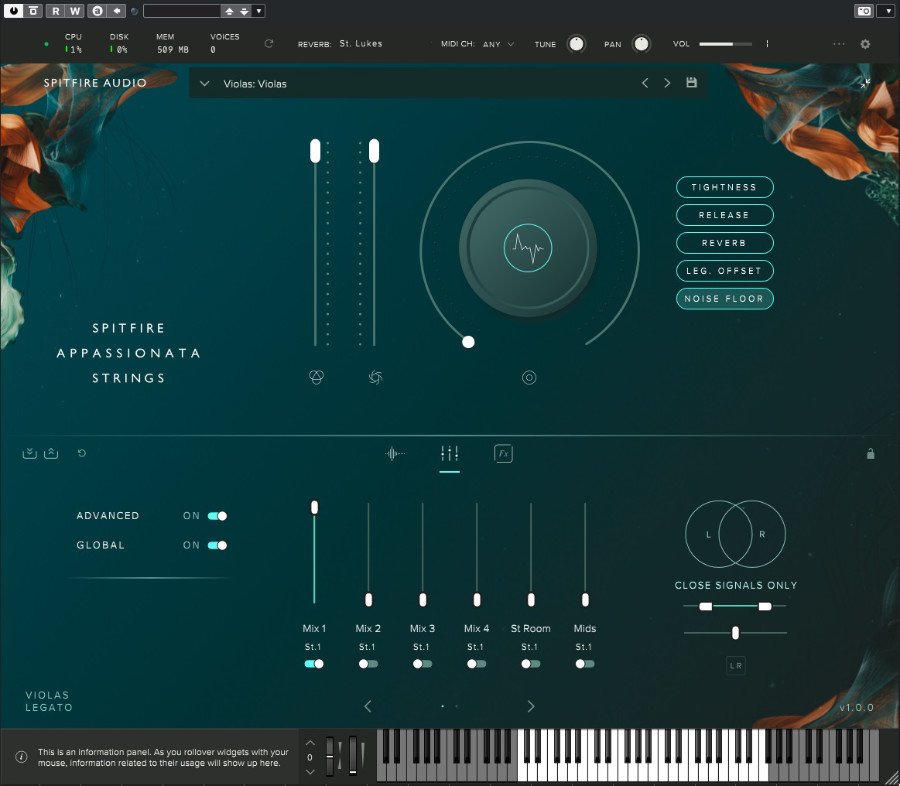
While “Mix 2” is the most ambient one, all 4 mixes sound relatively upfront with a good amount of close signal baked in.
Composers who are looking to have more air and sheen in their string sections will likely prefer to dial in the outrigger/ambient signals first though, followed by either the tree or mid mics.
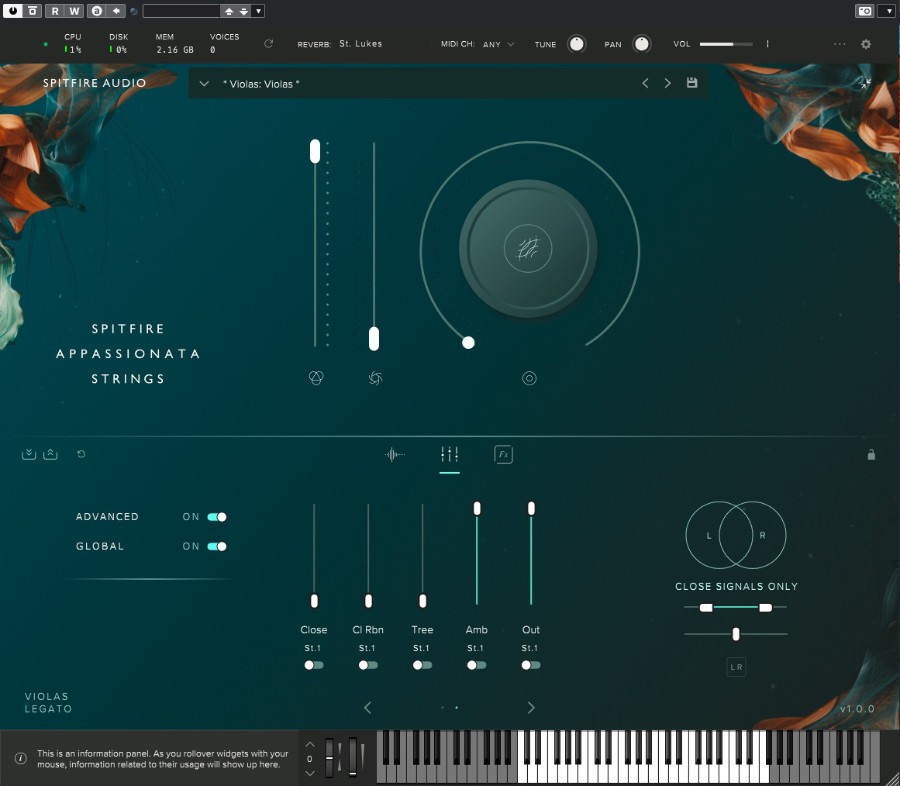
CONCLUSION
In a way, Appassionata Strings represents a surprising release for Spitfire Audio. While we are used to the company’s great-sounding textural libraries, this one represents a significant advance in playability.
While it does not cover every common articulation, or correspond to previously recorded band sizes of other Spitfire products, Appassionata Strings is a great complement to the brand’s catalog. It has a huge expression range and is capable of convincingly rendering slow lyrical statements just as well as more agile ones.
While we would have wished for a couple more additions, such as sampled re-bows of the same note, Spitfire Audio chose to reflect these limitations on its price: for what it offers, Appassionata Strings is very reasonably priced.
All in all, Appassionata Strings represents a great option for composers wishing to add flowing legatos to their templates. Since the library was captured in the same space as many other Spitfire Audio libraries, they can add another interesting brush to any AIR Studios-based orchestral template. We definitely look forward to future releases of this type from Spitfire Audio.
Pros
- Huge expressive range
- Great legato transitions
- Superb tone and room
- Very smooth dynamic layers
Cons
- No sampled same note re-bow transitions
- No fully recorded, expressive portamento
RECOMMENDED: 9/10
Appassionata Strings is available as a download through the Spitfire Audio online store for €249/$249.
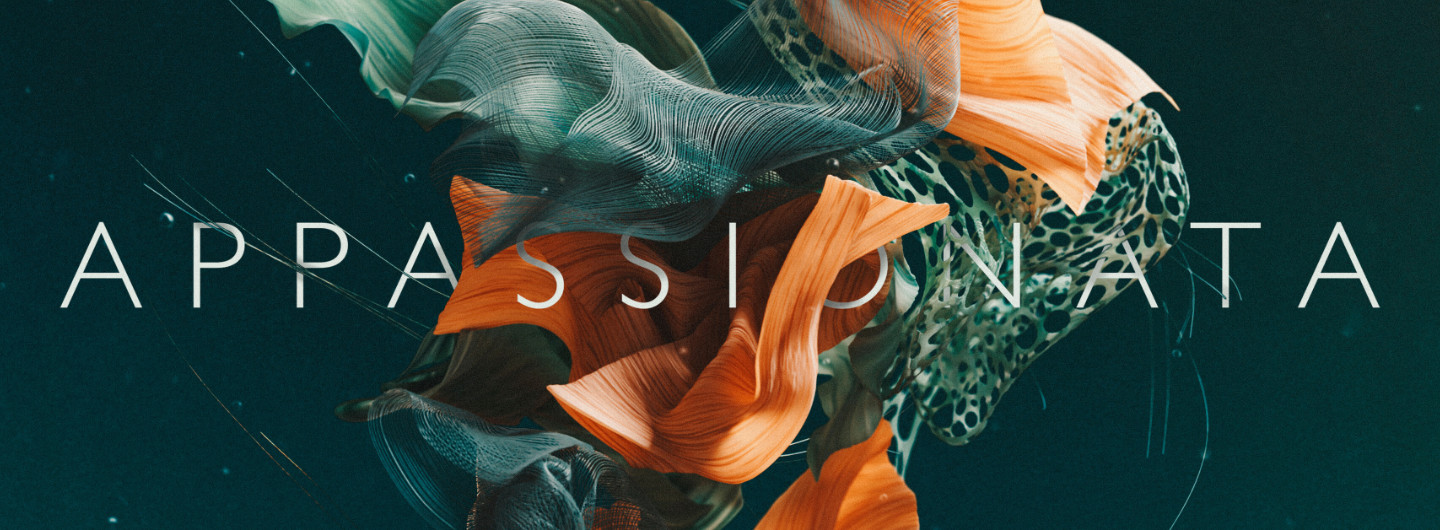

0 comments on “Spitfire Audio – Appassionata Strings (Review)”